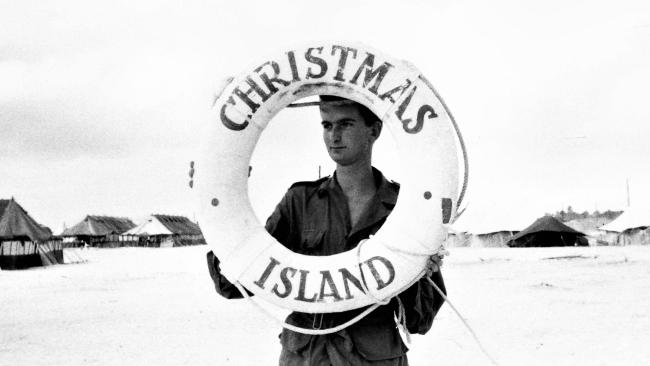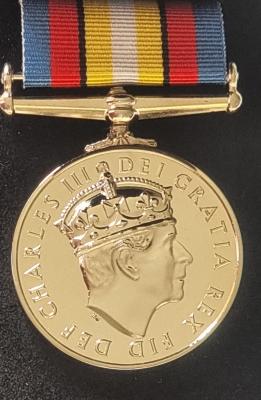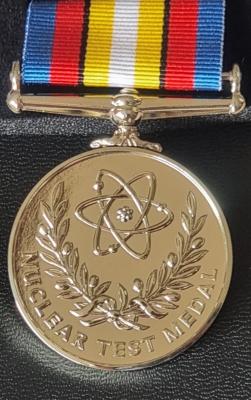
Nuclear Test Medal award
Dr Lionel East (1958, Mechanical Sciences) has been awarded the Nuclear Test Medal in recognition of his service in Christmas Island during the British Operation Grapple (1957-58) to demonstrate a megaton hydrogen bomb capability.
At the time both America and the USSR had demonstrated such a capability, but following three unsuccessful attempts, Britain urgently needed to demonstrate the capability before the atmospheric Test Ban Treaty came into effect.
After leaving school, Lionel was called up in August 1956 for two years’ National Service and placed in the Royal Engineers. His basic training was in Cove, near Hawley Lake, and he was then based in Maidstone, Kent. In August 1957 his regiment was posted to Christmas Island in great haste travelling by civilian aircraft on available seats including first class. The primary role of the Regiment was to build the infrastructure needed to test a hydrogen bomb just off the coast of the island. A very important task of Lionel’s troop of about 30 sappers was to build the Target Indicator, which was a concrete triangle in the ground with sides of 50 yards used by the pilot of the Valiant bomber carrying the hydrogen bomb to determine exactly when he should release the bomb. Remarkable the Target Indicator can still be seen using Google Earth and an input of 1.703522°, -157.238336°.
The bomb was tested on 8 November 1957. It was detonated at an altitude of 2,250 metres about a mile off-shore and as such was a ‘Clean bomb’ because it added very little radioactive material to the atmosphere. The troops were about 25 miles away at the main camp and sat cross-legged on the ground facing away from the bomb within a coconut plantation. They closed their eyes, faced the ground and had both hands over their eyes. Even so the light from the bomb was so intense that after 2 seconds it shone through their hands revealing the bone structure of their hands as in an X-ray. There was also intense heat and later the blast which, it was said, could be heard in Honolulu over a thousand miles away. However, the test was a success and the yield was measured at 1.8 megatons, over a hundred times greater than the yield of the atomic bomb used at Hiroshima at the end of World War II. This placed Britain in the select group of counties with the capability to use hydrogen bombs before the Test Ban Treaty came into effect in 1963.







